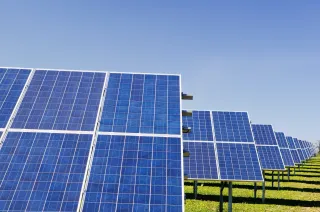Active banners: 0 Visible banners: 0
Global Power Plant Database
Provided by: Resource Watch |Published on: April 27, 2021
Graphs/Tables
6789101112
Synopsis
- This interactive map provides information about the location of power plants around the world, including data about each plant's capacity and fuel type.
- A variety of map layers allows students to view the data in various ways.

Subjects: Earth and Space Sciences, Geography
Authors: Resource Watch
Region: Global, New Jersey
Languages: English
Teaching Materials
Positives
- Students can click on any of the data points on the map to learn more about specific power plants.
- Students can explore specific dataset layers by themselves, including coal power plants, hydro power plants, and wind power plants.
Prerequisites
- Students and teachers should be aware that the map replicates the continents when the user zooms out too far.
- The map defaults to black, but an icon in the right-hand corner allows the user to change the map's color.
Differentiation & Implementation
- Social studies and geography classes can use the map to discuss how different regions produce power and why some regions produce far more power than others.
- Science classes can use this resource to discuss global reliance on fossil fuels and what can be done about it.
- Other resources on this topic include this resource that shows carbon dioxide emissions by fuel type, this lesson plan on carbon trading, and this Hot Mess video that discusses how the world should pay to fix climate change.
Scientist Notes
Teaching Tips
Standards
Resource Type and Format
All resources can be used for your educational purposes with proper attribution to the content provider.
Teaching Materials
Educator Support
My Account







